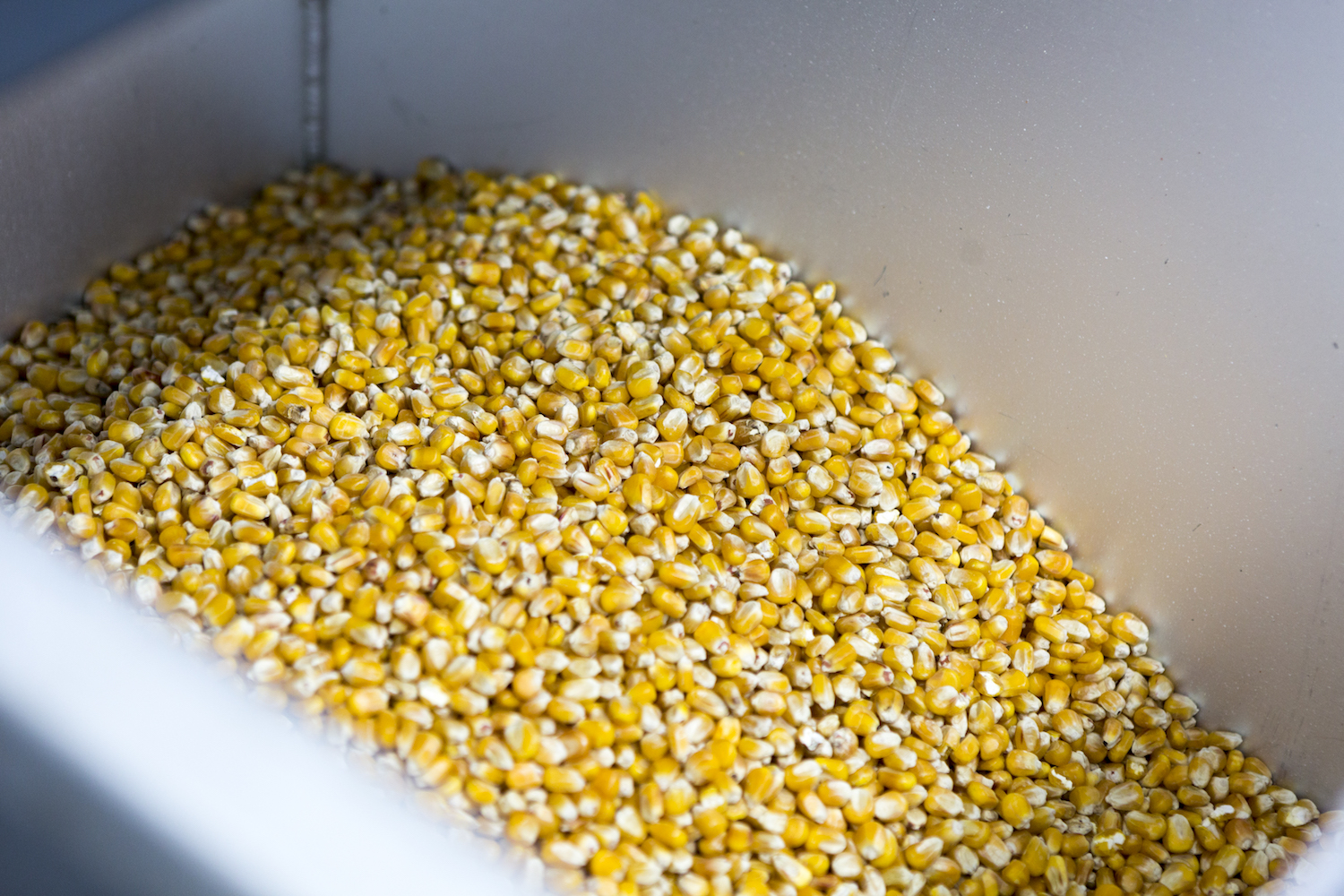Norman Borlaug would have been 100 years old today. He has been called "The Man Who Fed The World," and "The Father of The Green Revolution."
Norm Borlaug was the first plant pathologist to be awarded a Nobel Prize (1970) - for contributions to world peace. For all of use who are fellow plant pathologists, his work has been particularly inspiring.
It is a good time to look back at how the challenge of feeding the world population was met during Borlaug's career, because we have a similar challenge ahead of us.
The chart below shows global population from 1950 with a projection to 2100.

 The Food Waste Solution That You Might Not Know You Are Using
The Food Waste Solution That You Might Not Know You Are Using Nature: The Original Chemist
Nature: The Original Chemist





.jpg)








